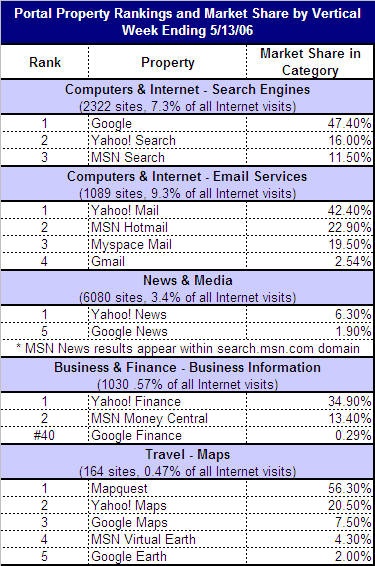Two of my favorite thinkers, Richard Feynman and Seth Godin in the the same blog entry. How about that ? I have Seth’s The Big Moo and Richard’s Surely You’re Joking Mr Feynman on the same bookshelf. One is nobel laureate physicists, the other a marketing guru. What can these guys have in common ?
Seth is quoting one of Richard’s more serious stories, about not fooling yourself and always looking for the truth about why things work. Do not just copy what is the fashion of the day. Clearly they are both conceptual fanatics. Always looking at the concepts and fundamentals of why things work (or don’t work).
On a few occasions I have been asked what makes a good entrepreneur and innovator. Being an Oxford PhD, I like thinking that understanding why things work, being conceptual, is a must. Never copy a marketing design or business model unless you have understood why its going to work for you. Right ? Maybe not.
One of my partners often tells me “Who cares why its selling, lets just copy it and we will learn a lesson if we flop”. And he has a track record you do not argue with.
As I see it, a good entrepreneur is often just perceptual. Reacting to, adapting and copying things he sees in the market. By the time a deep thinker has finished strategizing and working out the market landscape, an impulsive copier has tied up the market. Sometimes you just have to copy and work it out afterwards.
All Strategy and No Tactics
entrepreneur sethgodin innovation


 The deal, reported by
The deal, reported by 